The filmmaker Javier Chillon has answered our robotic questionnaire in the most inspiring way we could imagine. In the end it was lucky not to be able to meet personallyfor the interview and record the video with our camera because the result, this self-interview made from the questions we sent him, cannot be more personal and suggestive.
One of the most outstanding qualities of Javier Chillón, who has a degree in Communication Studies, a Master’s degree in Film Studies and is a film director in the field of short films, is knowing how to gather around his projects and around himself the unconditional support of friends and professionals to make them succeed. Thanks to these collaborations and to his own talent, the result of the three short films he has shot so far is vastly superior to theeconomic resources he has counted on.
In 2008 he finishes Die Schneider Krankheit (Schneider’s disease), a fake documentary little more than ten minuteslong, with a format inspired by some of the educational documentaries of the 50s and 60s that can be seen in the The Prelinger Archives.
The setting of the documentary is so good, that at the beginning they let the viewer know that the images are original, and not extracted from real documentaries, as the abuse of such images means the rejection of works submitted to film festivals and competitions.
Die Schneider Krankheit tells the story of a rare viral infection during the Cold War and the struggle of science to find a solution to the deadly disease, which includes what Chillón called “dull science”, in this case embodied in an animal created through genetical engineering from a sea turtle (Chelonia mydas), medicinal leech (Hirudo medicinalis) and ocellated lizard (Timon lepidus) whose aim is to perform a bleeding on the sick while it would theoretically restore the patient with blood free of the virus that causes the disease.
The fact that he works for so long on a short film, paying attention to every detail, has an effect on Chillón: he becomes fully involved in the next project and the previous one is stored in the inner layers of his mind. Therefore, his following short film, Decapoda Shock, has nothing to do with his previous project when it comes tostyle and plot. They only have one point in common: inboth of them we will see two different animals wearingspacesuits. From a drawing of an astronaut crab that he had done himself, he came up with an idea that has been changing and developing during his work as new ideas and opportunities arose, such as the stellar intervention of the horse Chaparrito in one of the most celebrated scenesin Decapoda Shock. Luckily, he was not aware of where he was getting into. If he had known how long it would take to shoot some of the scenes, like one of only twelve frames (half a second), which took one day to shoot, hewould not have embarked on this project that includes, among many other elements, space exploration, Satanism and revenge Charles Bronson style.
Javier Chillón’s latest production has been the most ambitious and has won the most awards. With an impeccable execution in which he has embarked producers like Behind the Movies, Morituri and User T38 in visual effects, They will all die in Space is a story of space terror of nearly fifteen minutes with a shocking plot and development. The spacecraft Tantalus, carrying a precious cargo of cryogenic settlers bound for Delmak, is drifting helplessly, triggering a struggle for survival with the original soundtrack by Cirilo Fernández, who also created the music for his other two short films.
Winner of the last edition of the international Film Festival of Catalonia (Sitges Film Festival) it continues to accumulate awards in its tour, so far, of more than a hundred festivals. A number that will be far outweighed shortly.
With the intention of making a film soon, there are several ideas haunting Javier Chillón at the moment. In a few years, hopefully, we will know which one has taken the lead in his head.
*TN: “Retrato Robot” is a Photofit portrait or facial composite (a graphical representation of an eyewitness’s memory of a face, as recorded by a composite artist).
Translated by Olga Lledó Oliver




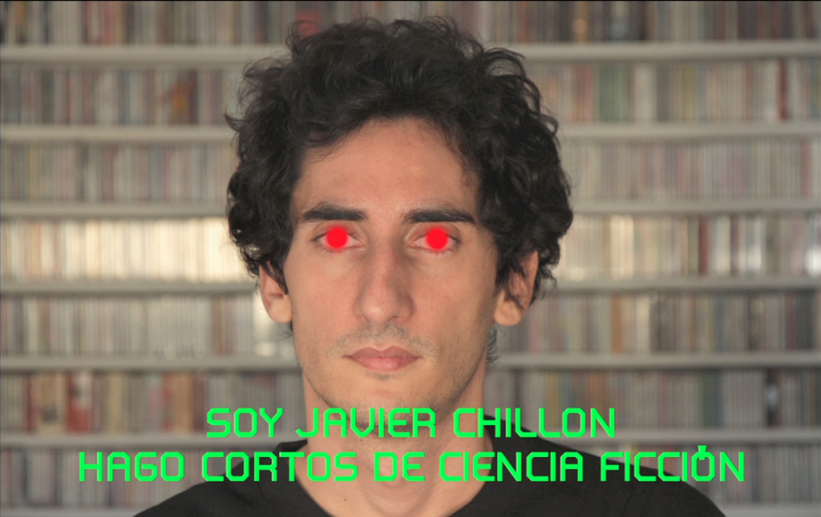
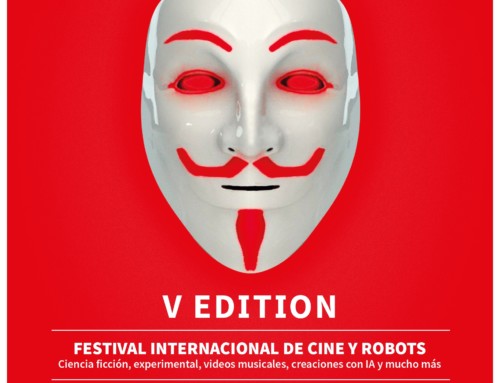
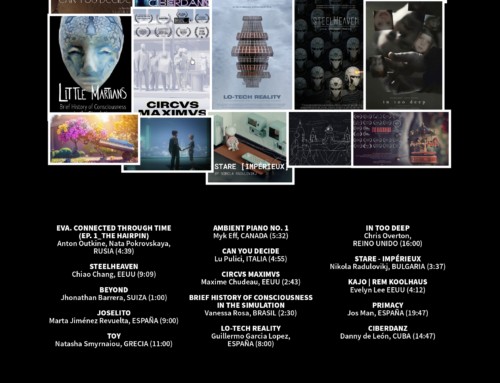
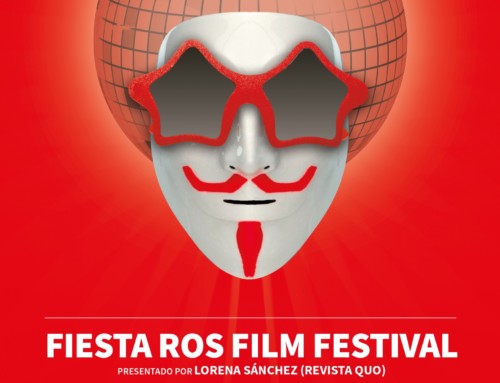
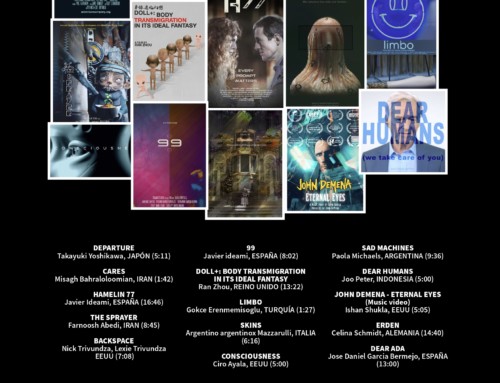
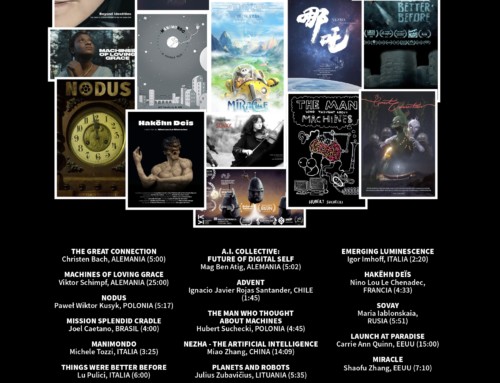
Leave A Comment